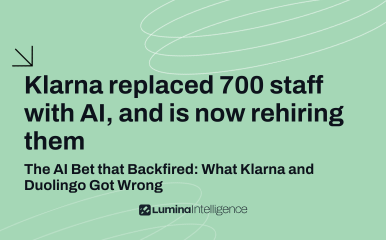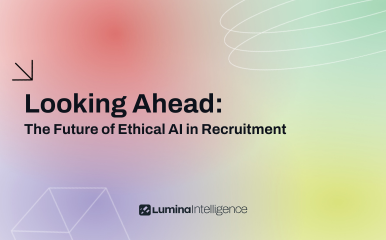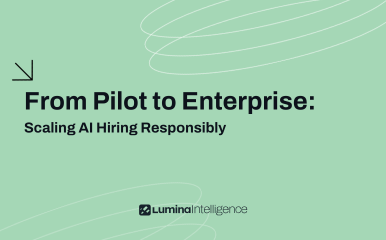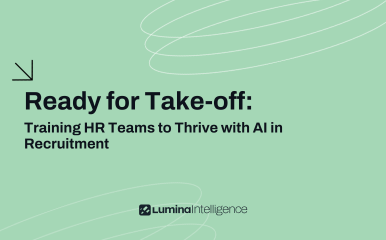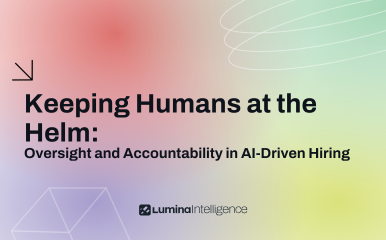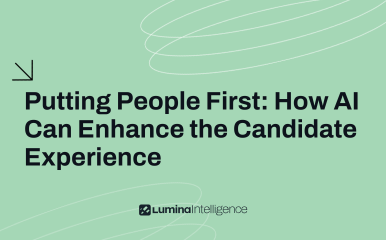Your AI recruitment workflow is up and running. CVs are screened in seconds, enhanced bespoke assessments have taken place, final human led interview slots schedule themselves and candidates receive rapid feedback. The next challenge is proving the system delivers value and remains fair over time. Week 8 explains how to define success, monitor performance and create a cycle of ongoing improvement that keeps your hiring engine accurate, equitable and aligned with business goals.
Why Measurement Matters
- Evidence for investment
Clear metrics help justify budget and head-count for further AI enhancements. - Early warning system
Regular monitoring flags data drift or bias before they grow into compliance or reputation issues. - Continuous learning
Metrics reveal where tweaks to workflows, model settings or recruiter training can boost outcomes.
Core Metrics to Track
- Time to hire
Measure the time taken for candidates to progress through each stage or receive feedback. - Quality of hire
Track first year retention, new-hire performance ratings or speed to productivity. - Candidate experience score
Use post process surveys or Net Promoter Score to gauge satisfaction for both successful and rejected applicants. - Model performance
Monitor accuracy, false positives, false negatives and confidence levels for all job levels across the organisation. - Recruiter efficiency
Log the average number of roles managed and hours spent on administrative tasks.
Set Baselines and Targets
- Collect at least three months of data from your legacy hiring process to establish a pre-AI baseline.
- Define realistic targets. For example: reduce time to hire by twenty per cent, improve candidate satisfaction by ten points and keep pass-rate variance between demographic groups below five per cent.
- Document assumptions, data sources and calculation methods so future comparisons remain consistent.
Monitoring Tools and Techniques
- Dashboards
Centralise key metrics in a live dashboard visible to HR, hiring managers and operations teams. - Bias audits
Schedule a monthly or quarterly review that breaks results down by demographic segment and job family. - Drift detection
Use statistical tests or built-in alerts from your AI vendor to spot shifts in data patterns or model outputs. - A/B testing
Pilot new scoring rules or interview formats with a small group and compare against a control group before rolling out widely. - Feedback loops
Capture qualitative comments from recruiters and candidates to complement quantitative data.
Building a Continuous Improvement Loop
- Plan
Identify a metric in need of improvement and propose a change, such as adjusting screening thresholds. - Implement
Apply the change in a controlled environment and document the scope and timeline. - Measure
Collect data for a defined period, then compare against the baseline. - Analyse
Look for unintended side effects, for example a drop in diversity alongside faster screening. - Refine or scale
If results are positive, roll the change out organisation-wide. If not, revisit the plan and test a new approach.
Repeat the cycle at least quarterly to keep the system responsive to market shifts and evolving business needs.
Quarterly Review Checklist
- Export and archive all key metrics with commentary.
- Recalculate fairness indicators using the most recent demographic data.
- Verify that model versions and training datasets are up to date.
- Confirm dashboards and alerts are functioning correctly.
- Review recruiter feedback and training needs.
- Update targets for the next quarter where appropriate.
Ticking each item keeps governance tight and supports transparent reporting to leadership.
Conclusion
AI transforms hiring speed and scale, but value emerges only when results are measured and refined. By setting clear baselines, tracking a balanced scorecard and running a disciplined improvement loop, you can prove impact and keep your recruitment process fair, fast and future-ready.
What’s Next
Week 9 examines Scaling AI Hiring Beyond the Pilot Phase. We will share practical guidance on rolling out ethical and effective AI across multiple regions and business units without losing consistency.
